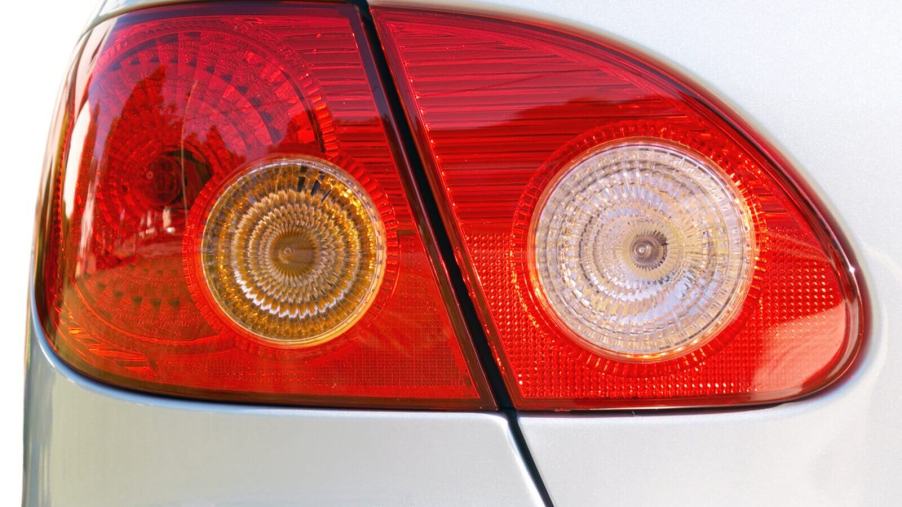
The Color of Your Turn Signals Could Make You More Likely To Have a Crash
Judicious, courteous, and, of course, attentive driving lessens your chances of a fender bender. However, there are some things beyond your behaviors that contribute to the risks of driving. Interestingly enough, the color of your turn signals could impact your likelihood of having another vehicle crash into you.
Amber turn signals decrease the likelihood of accidents compared to integrated red lamps, says the NHTSA
According to a 2008 National Highway Traffic Safety Administration (NHTSA) study, vehicles with red turn signals are up to 22% more likely to be struck from behind by another vehicle. It should be said that the NHTSA data refers to collisions that happen during signal-related actions, like changing lanes or turning, per Road & Track.
It’s a sobering statistic, especially considering the popularity of same-color signals in the recent car market. Less than 50% of new cars have amber signals, per Medium. As such, the majority of new vehicles have red or same-colored lightss. Of course, those figures don’t include aftermarket lighting solutions. However, consumers might be shocked to find out that many Stellantis brands, like Dodge, Alfa Romeo, and Chrysler, have zero U.S. models with amber lights.

Even more perplexing, the United States is one of the few countries in the world with no mandate regarding amber lights. Travelers will likely notice cars sold in the United States with red signals have amber signals abroad. For instance, the Ford Mustang, an American icon, sells in the UK in right-hand drive. However, you won’t find the solid-red tri-bar tail lamps on a UK-spec S550 model. Instead, the Mustang packs clear lamps that illuminate red under braking and amber for signaling.
The news gets even worse with motorcycles. Many motorcycles, like my Harley-Davidson Dyna, have integrated brake lights and turn signals. As such, it could be difficult for some drivers to identify when a rider is braking or signaling. Fortunately, many bikes, my Dyna included, have thorough aftermarkets with brighter LED options. Better yet, some aftermarket options can take red lamps to a safer, more noticeable amber.





